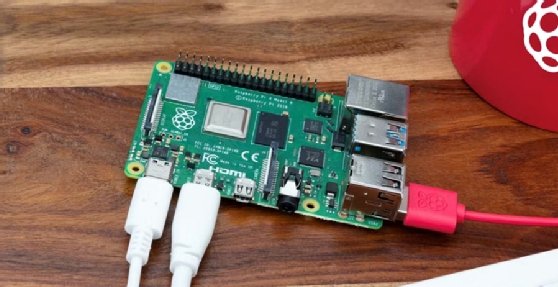
Getty Images
What is a Raspberry Pi used for?
IT infrastructure can get expensive fast, making single-board computers like the Raspberry Pi appealing for small projects. Learn what a Raspberry Pi does and explore IT use cases.
The Raspberry Pi microcontroller was first developed in 2012, and many new generations and types have since become available. Because of its low cost -- prices start around $35 -- the Raspberry Pi is within reach for anyone who wants to become familiar with programming, electronics and computer-based controls.
Because the Raspberry Pi was initially designed for educational purposes, many Raspberry Pi projects available online focus on hobbyist and learning contexts -- but the Raspberry Pi also has applications in business and IT operations.
What is a Raspberry Pi?
The Raspberry Pi is a type of single-board computer (SBC), meaning that its entire hardware set is placed on a single electronics board. There are no CPU sockets, memory slots or extension buses, such as Peripheral Component Interconnect Express, or PCIe, to swap out or add components.
The board of a Raspberry Pi contains a CPU; memory; LAN, USB and micro HDMI ports; and a slot for a micro SD card. The Raspberry Pi 4 Model B is the top model at the time of publication.
Alternatives to the Raspberry Pi
The Raspberry Pi is not the only SBC on the market. There are around a dozen serious competitors, some of which are faster, cheaper and specialized for certain use cases, such as gaming or AI.
One of the first Raspberry Pi rivals was called the Banana Pi, but fruit names have not become the standard. Other options include the following:
- Asus Tinker Board
- Libre Computer Board
- Odroid
- Onion Omega
- NanoPi

Raspberry Pi features
With the broad choice of SBCs available today, there's one for every project. An SBC for a simple home project requires different specs than one for an industry project in an enterprise environment. But the Raspberry Pi remains one of the most popular SBCs thanks to its enormous community support and accessory availability.
Choosing the right Raspberry Pi model for a project requires an understanding of what features the Raspberry Pi offers. More traditional boards, ranging from the Raspberry Pi 1 to the latest 4 Model B, have USB 3.0 ports, an Ethernet port and -- for some models -- a dual HDMI port. While the Raspberry Pi Zero has only a micro HDMI and micro USB port, it offers Bluetooth and Wi-Fi support, which the aforementioned models lack.
Raspberry Pi enterprise use cases
For corporate environments, the Raspberry Pi can't truly compete with dedicated enterprise options, but it still presents an affordable and highly customizable alternative for certain projects.
For example, a Raspberry Pi with a connected external hard disk can function as a server for network-attached storage (NAS). While this can't replace NAS for hundreds of users, it could be a simple and affordable option for a branch office or small business. The Raspberry Pi Zero can create a wireless print server that can turn a printer with only a wired Ethernet network connection into a printer that's accessible over Wi-Fi.
Administrators can also use the Raspberry Pi as a controller to show statistics or messages on an external screen without running a full-blown PC. A simple SBC can run a Linux-based monitoring tool and display the output through an HDMI connection to create a highly customizable dashboard tool. Similarly, a Raspberry Pi can control displays for digital signage. For projects like these, a Raspberry Pi 4 Model B with an Ethernet port is the best choice.
Another use case could be for thin clients. Several vendors offer the option to use a Raspberry Pi as an alternative to more expensive thin clients. A Raspberry Pi with the latest specs for CPU capacity, RAM and dual HDMI ports can be used as a thin client for Citrix and VMware tools or with Remote Desktop Protocol.
Even without a specific use case for your organization's IT environment, learning to use a Raspberry Pi can still be a good way to improve your understanding of computer hardware and your familiarity with Linux. Raspberry Pi projects can also be a great introduction to working with Kubernetes, as Raspberry Pi computers are capable of running the lightweight Kubernetes distribution MicroK8s.







